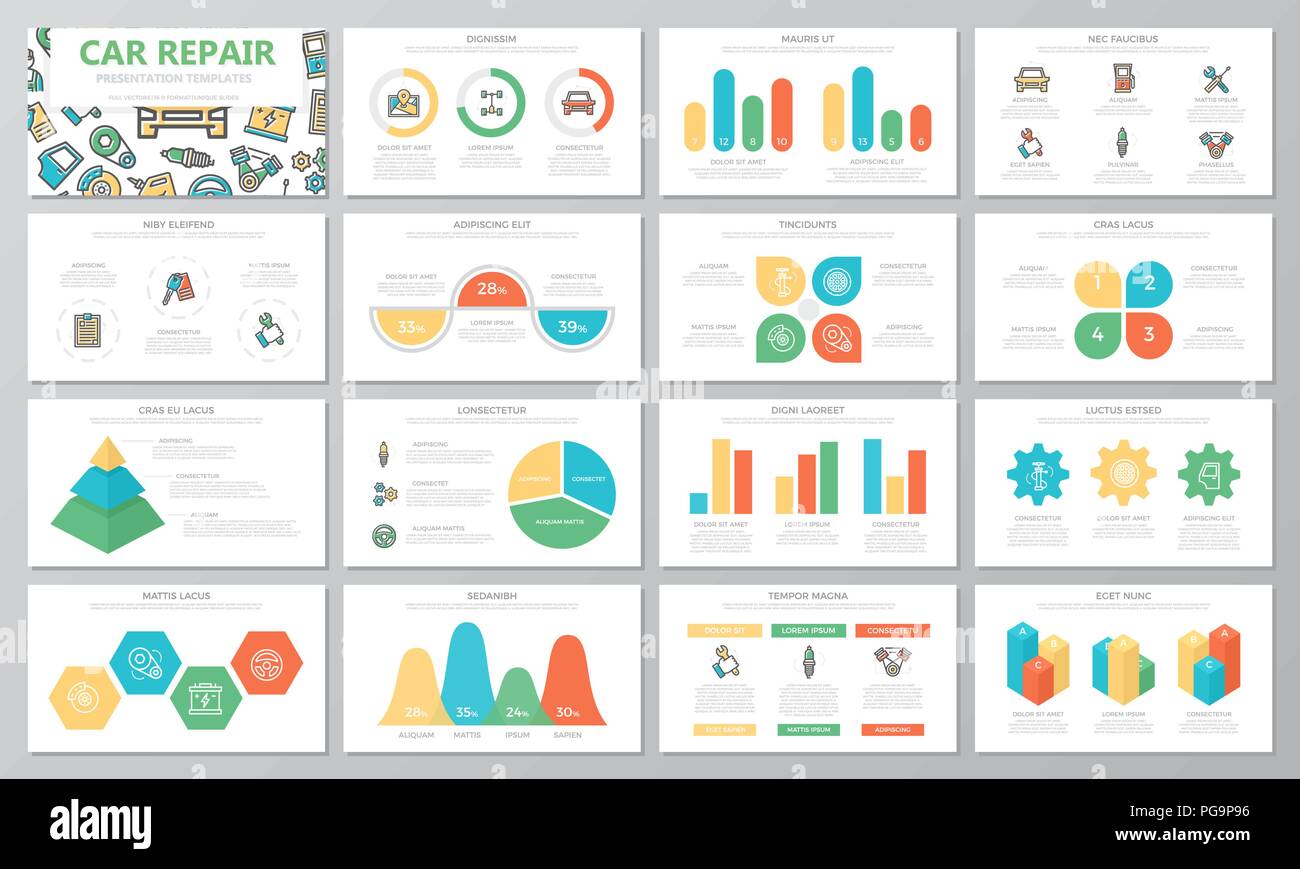Seeking Clearness On The Caution Lights Displayed On Your Automobile'S Control Panel? Find Out Exactly How They Associate With Your Automobile'S Health And Wellness
Seeking Clearness On The Caution Lights Displayed On Your Automobile'S Control Panel? Find Out Exactly How They Associate With Your Automobile'S Health And Wellness
Blog Article
Staff Author-Vinson Shepherd
When you're behind the wheel, those glowing caution lights on your dashboard can be a bit perplexing. Do you know what they're attempting to inform you concerning your vehicle's wellness? Comprehending the relevance of these lights is essential for your safety and security and the durability of your automobile. So, the following time one of those lights turns up, wouldn't you intend to understand its message precisely and take the required actions to address it?
Common Warning Lights and Interpretations
Identify typical warning lights in your cars and truck and understand their significances to guarantee secure driving.
One of the most normal warning lights consist of the check engine light, which signifies problems with the engine or emissions system. If this light begins, it's vital to have your vehicle examined quickly.
The oil stress warning light shows reduced oil stress, calling for instant interest to stop engine damage.
A blinking battery light could suggest a damaged charging system, possibly leaving you stranded otherwise resolved.
The tire stress tracking system (TPMS) light notifies you to reduced tire pressure, impacting lorry security and gas efficiency. Neglecting this can bring about hazardous driving problems.
The ABS light indicates a trouble with the anti-lock stopping system, compromising your capacity to stop swiftly in emergency situations.
Finally, the coolant temperature alerting light warns of engine overheating, which can result in severe damage if not fixed quickly.
Comprehending simply click the following webpage will certainly assist you deal with issues quickly and maintain safe driving problems.
Significance of Prompt Focus
Comprehending the common warning lights in your car is just the initial step; the significance of immediately dealing with these cautions can't be stressed enough to guarantee your safety when driving.
When a caution light brightens on your dashboard, it's your automobile's way of communicating a prospective issue that needs focus. Ignoring these cautions can lead to a lot more serious issues in the future, endangering your safety and possibly costing you more in repairs.
Prompt attention to cautioning lights can protect against failures and accidents. As an example, a flashing check engine light might suggest a misfire that, if left neglected, could create damages to the catalytic converter. Addressing this without delay can conserve you from a pricey repair.
In a similar way, a brake system advising light might indicate reduced brake fluid or worn brake pads, important components for your safety and security when driving.
DIY Troubleshooting Tips
If you see a caution light on your dashboard, there are a few DIY fixing pointers you can attempt prior to looking for professional help.
The first step is to consult your automobile's manual to recognize what the details warning light indicates. Often the problem can be as easy as a loose gas cap causing the check engine light. Tightening the gas cap might solve the issue.
An additional typical problem is a low battery, which can set off different advising lights. Checking https://www.wbtw.com/news/pee-dee/darlington-county/about-10-cars-burned-in-massive-fire-at-darlington-county-auto-shop/ for deterioration and guaranteeing they're safe and secure might repair the trouble.
If a warning light lingers, you can attempt resetting it by separating the cars and truck's battery for a couple of mins and afterwards reconnecting it. Furthermore, checking your automobile's fluid degrees, such as oil, coolant, and brake fluid, can assist fix warning lights connected to these systems.
Conclusion
In conclusion, understanding your vehicle's caution lights is important for keeping your vehicle running efficiently and safely. By quickly resolving these signals and understanding what they mean, you can stay clear of costly repairs and prospective malfunctions.
Bear in mind to consult your car's guidebook for particular information on each cautioning light and act appropriately to ensure a hassle-free driving experience.
Keep notified, remain risk-free when driving!
